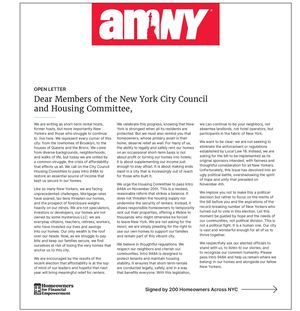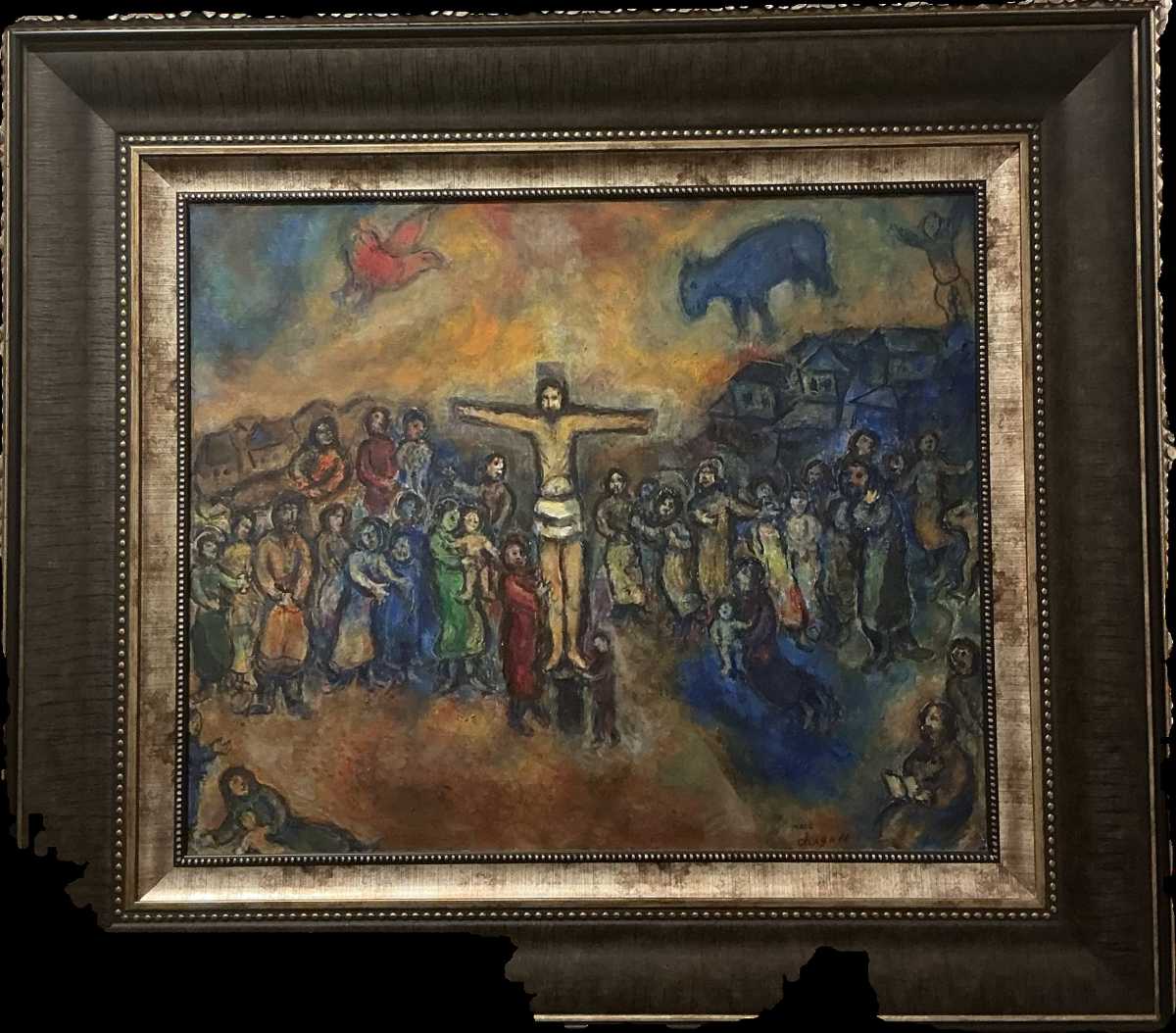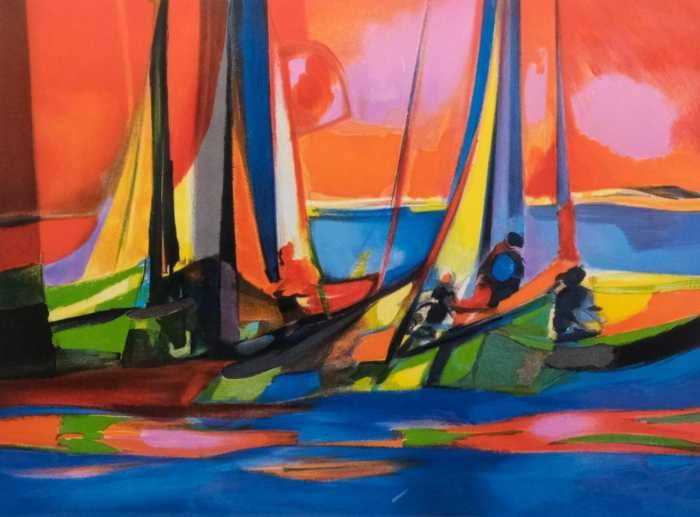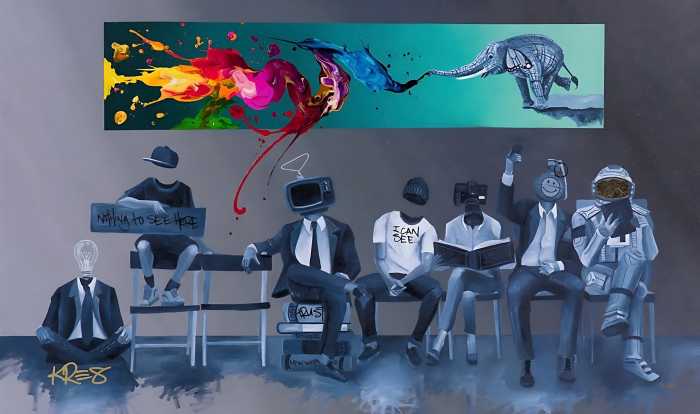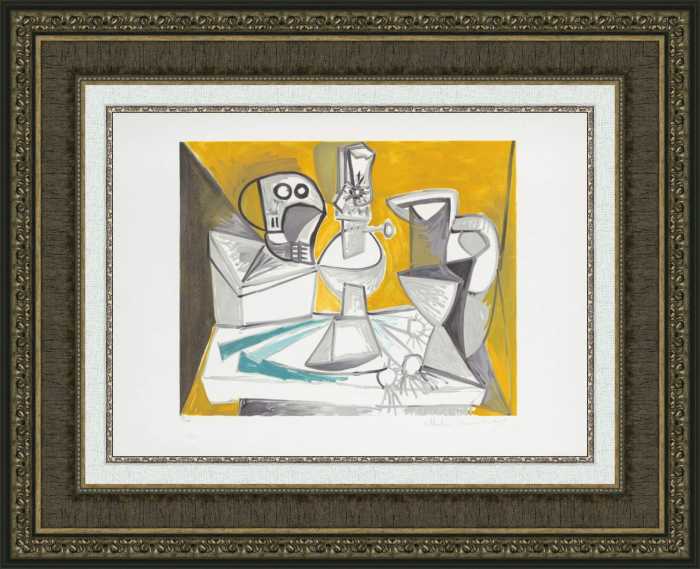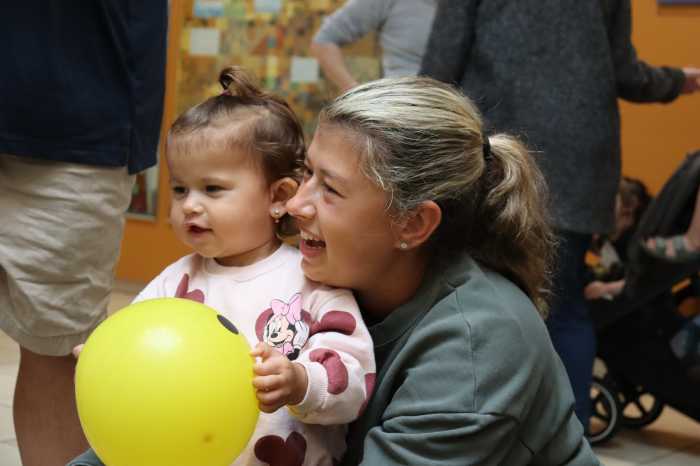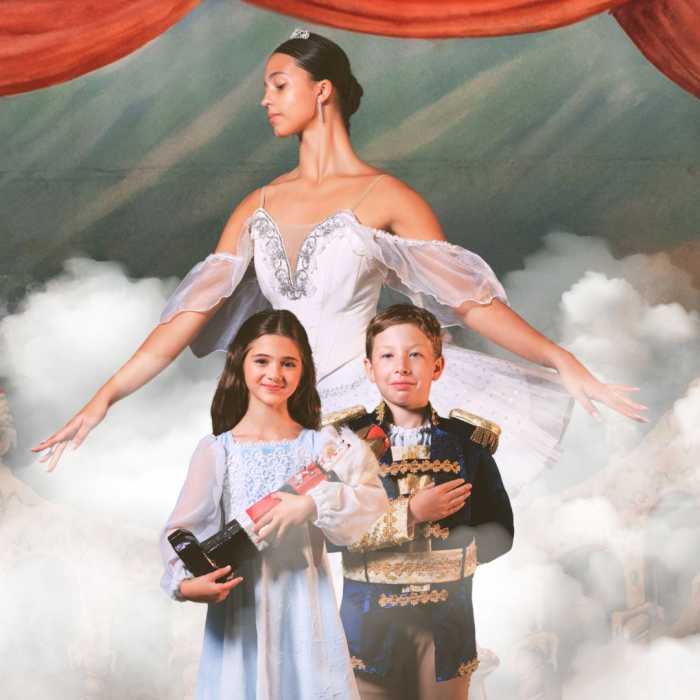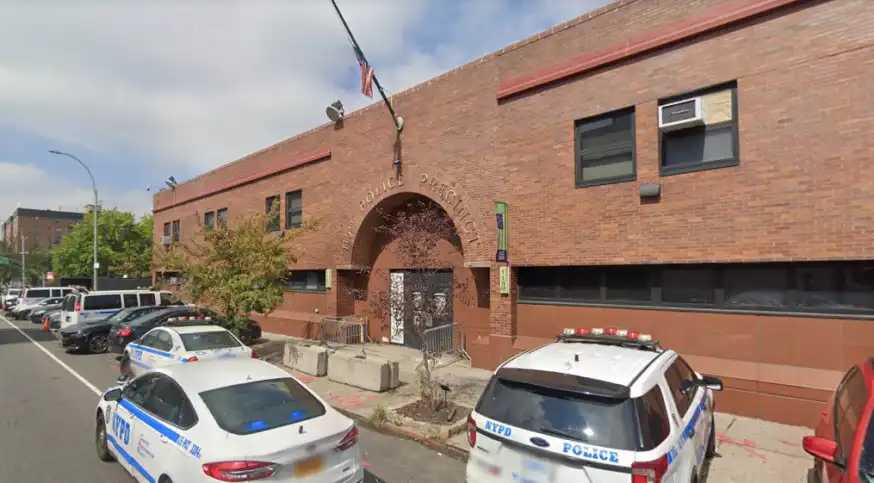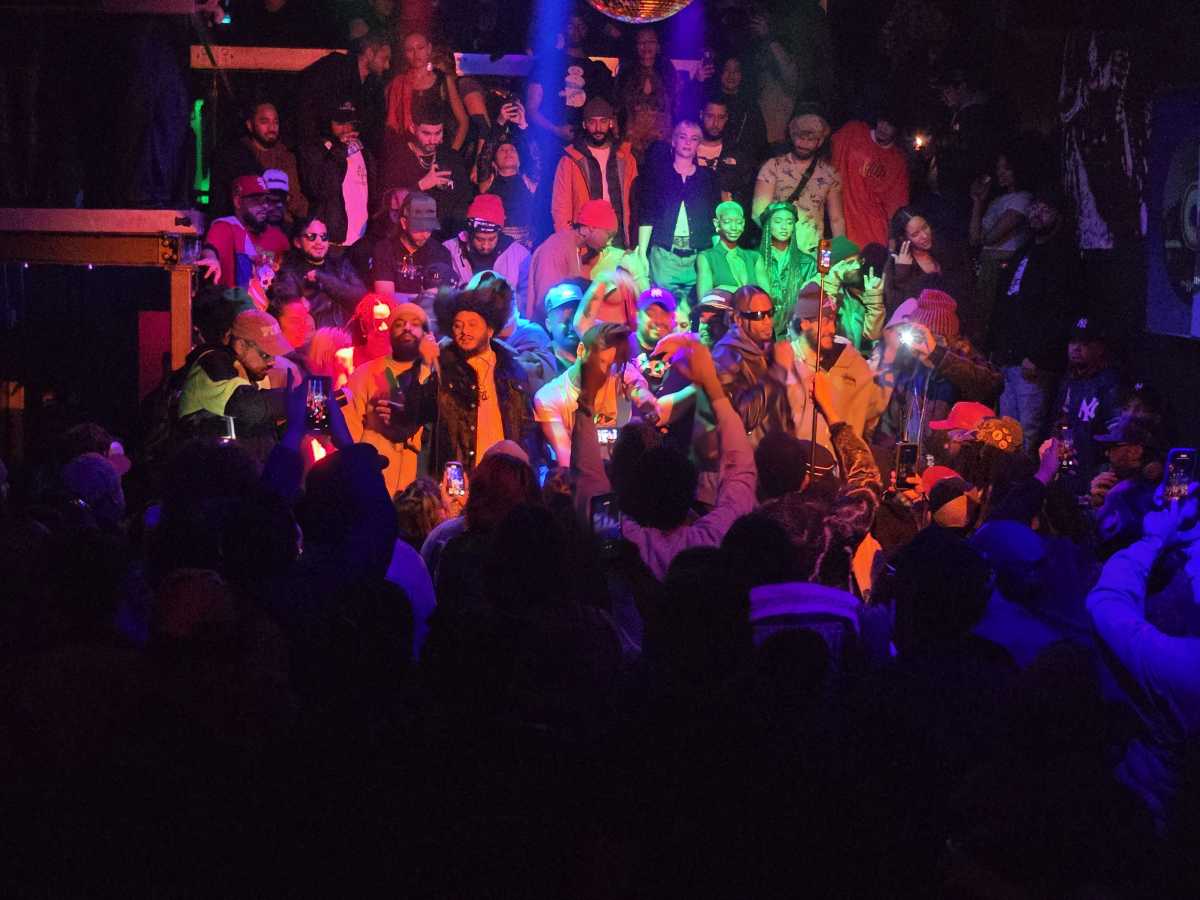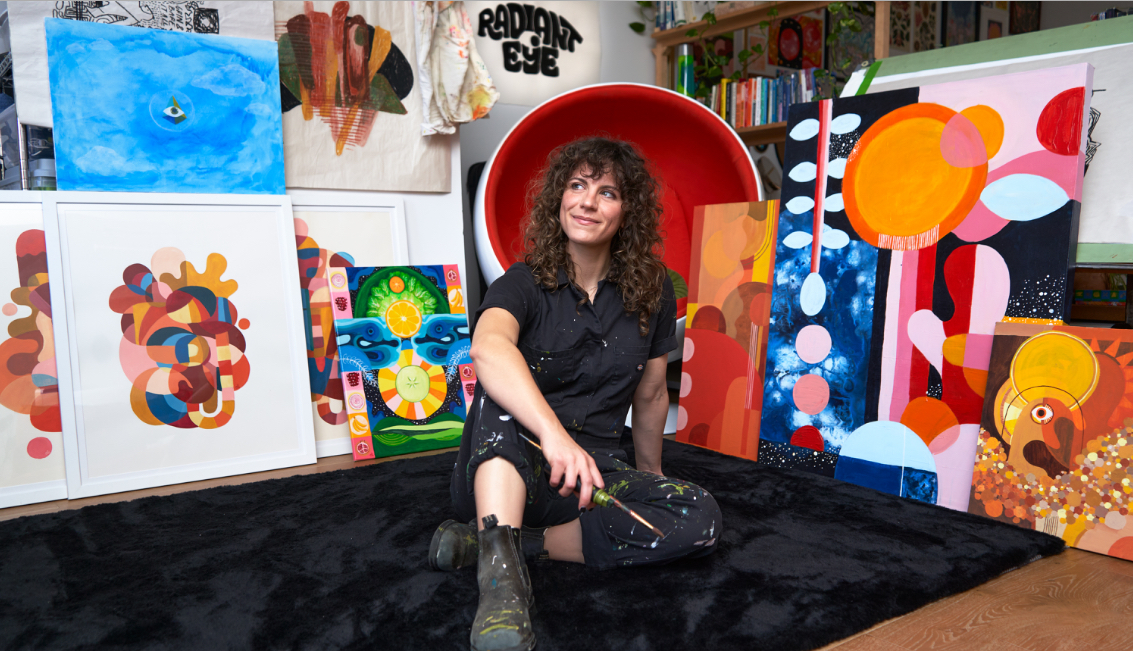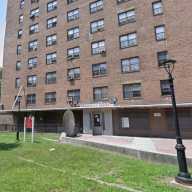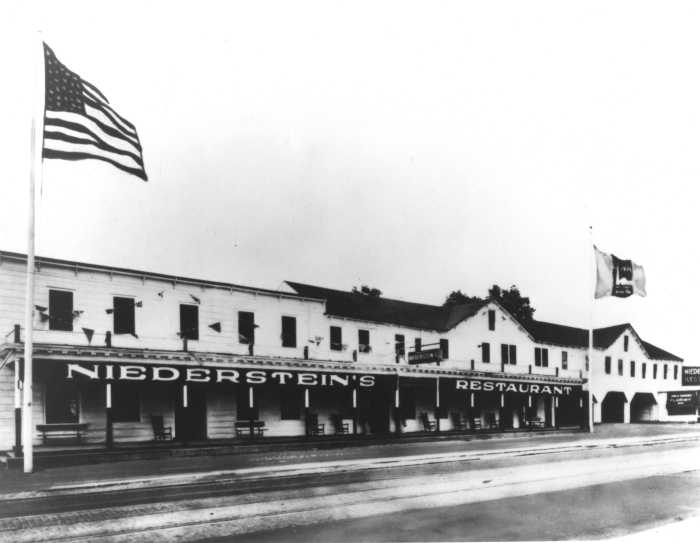To step into the presence of Marc Chagall is to slip the boundaries of ordinary time. His canvases are not pictures in the conventional sense; they are spellbooks.
They open portals where history bends, suffering dissolves into radiance, and love hovers above the rubble like a promise that cannot be broken. Few artists have ever made color speak with such authority—each shade more incantation than pigment, each line a hymn to what survives.
Consider Crucifixion (1966–70). Painted decades after flight and exile, the work reads as a reckoning tempered with tenderness. The figure glows rather than writhes; grief is transmuted into witness. Seen at the Park West Gallery in Soho—outside the hushed choreography of the museum—it grows startlingly intimate. Brushwork feels audible, the light nearer to the skin. The message becomes less textbook, more heartfelt.
So it is with Hymen, rich with allegory and ritual, and Vue sur Notre Dame, where a monument becomes a dream vessel. In Chagall’s hands, architecture receives memory; stone learns to sing. These are not documents of an age; they are declarations that beauty can remake the world.
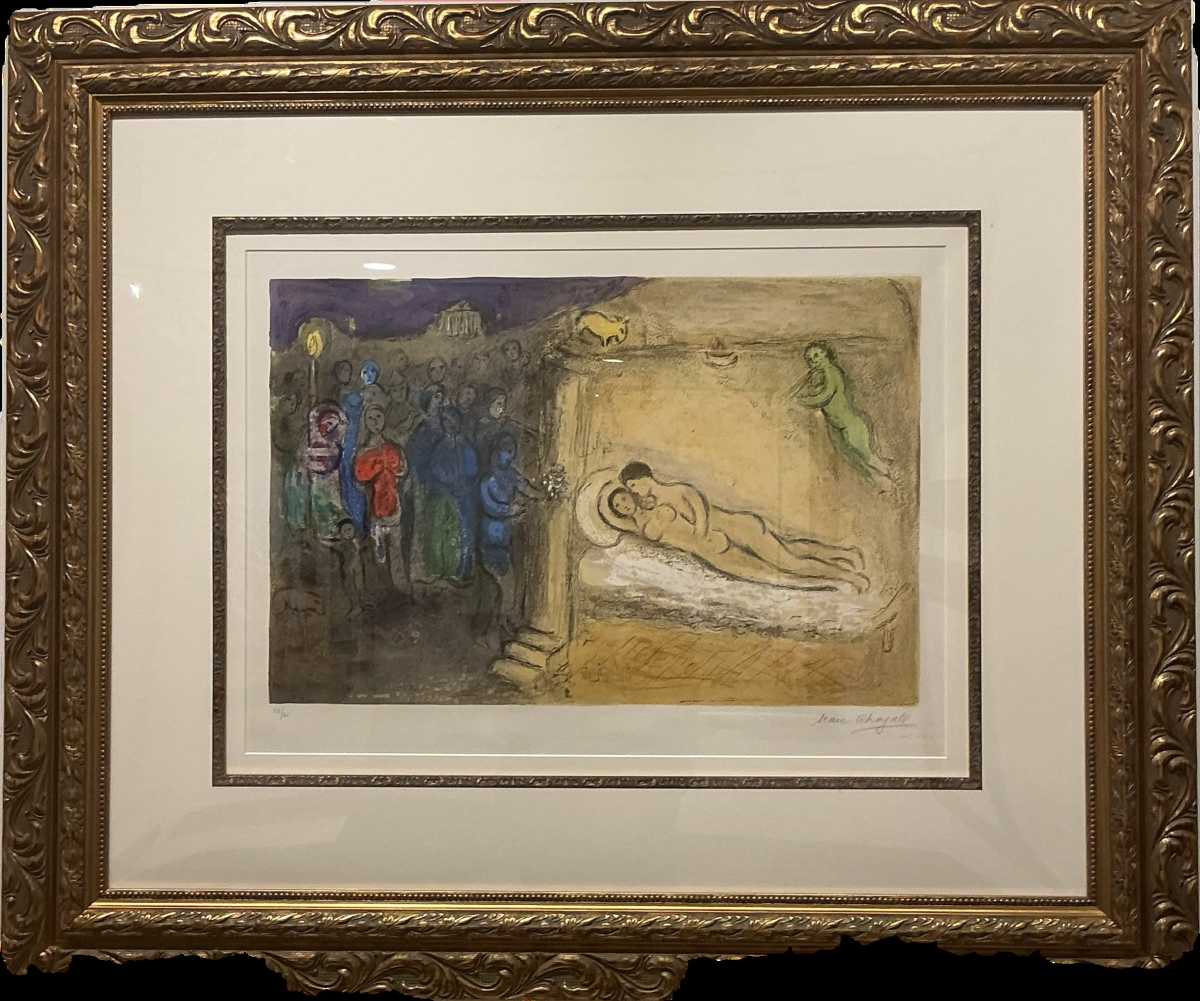
The path to this language begins in Vitebsk and moves through the hive of La Ruche in Paris, where Chagall absorbed the energies of the École de Paris while remaining gloriously unclassifiable. Cubism gave him structure; Fauvism handed him chroma; Symbolism offered metaphoric charge; yet he belonged to none of them.
Chagall studied with the rigor of a modernist and painted with the freedom of a mystic, turning shtetl folklore, Hasidic devotion, and Yiddish theater into a new visual grammar. Where Malevich pursued pure abstraction and Léger engineered the machine-age figure, Chagall kept faith with the poetic body—floating lovers, radiant fiddlers, visiting angels—figures that carry history without surrendering to it.
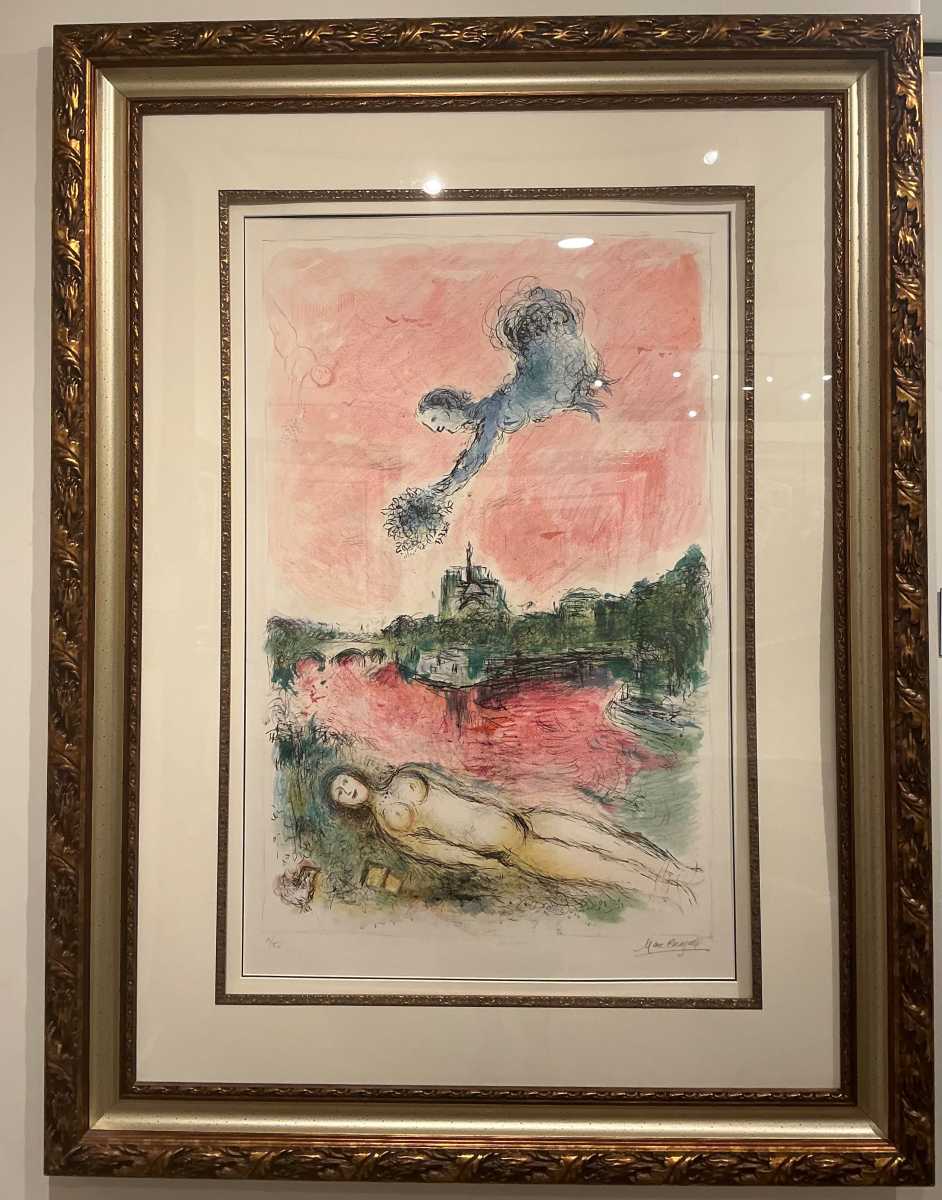
Publishing and print transformed him further. Under Ambroise Vollard’s aegis, he etched La Fontaine’s Fables, Gogol’s Dead Souls, and a cycle from the Hebrew Bible, proving that line alone could carry radiance. Stained glass and public commissions expanded his chromatic theology, as evidenced by windows for Hadassah in Jerusalem, Metz, and Reims in France, as well as a ceiling for the Paris Opéra—each transforming light into a sacrament.
Even after wartime escape and American exile, he returned to France and to color as if to a sanctuary, composing an oeuvre where tenderness answers catastrophe without naiveté.
What astonishes is the refusal to yield to despair. Born into hardship, cast across borders, he painted ecstasy where others chronicled violence, redemption where others recorded ruin. The blue he favored is not a mere hue; it is an atmosphere, an oxygen for hope. Red arrives like a bell. Green steadies the eye. His palette is an ethics.
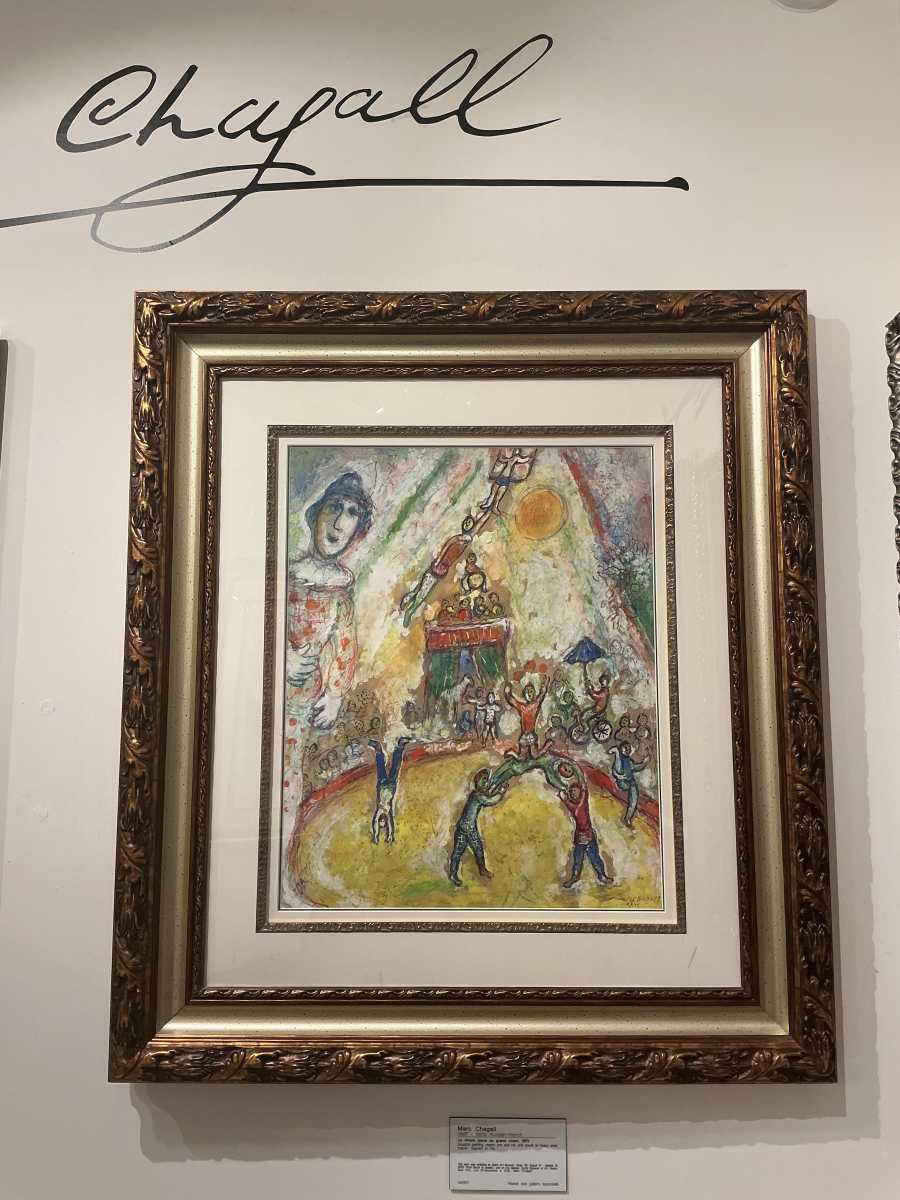
To stand before these works at Park West Gallery in Soho is to experience their true voltage. Museums confer distance and canon; here, presence takes the lead. The colors feel closer, the dream more dangerous, the invitation wholly personal. Chagall does not politely request admiration. He intoxicates, then lingers—an afterimage that follows you back into the city’s noise.
Collectors who choose Chagall are not chasing fashion. They are electing to live inside a lucid dream—one that speaks joy in the face of fracture and tenderness against cruelty. They are choosing images that will not be quiet, works that keep singing when the room has emptied.
To see more, visit the Park West Gallery at 411 West Broadway. For more information, visit parkwestgallery.com.
